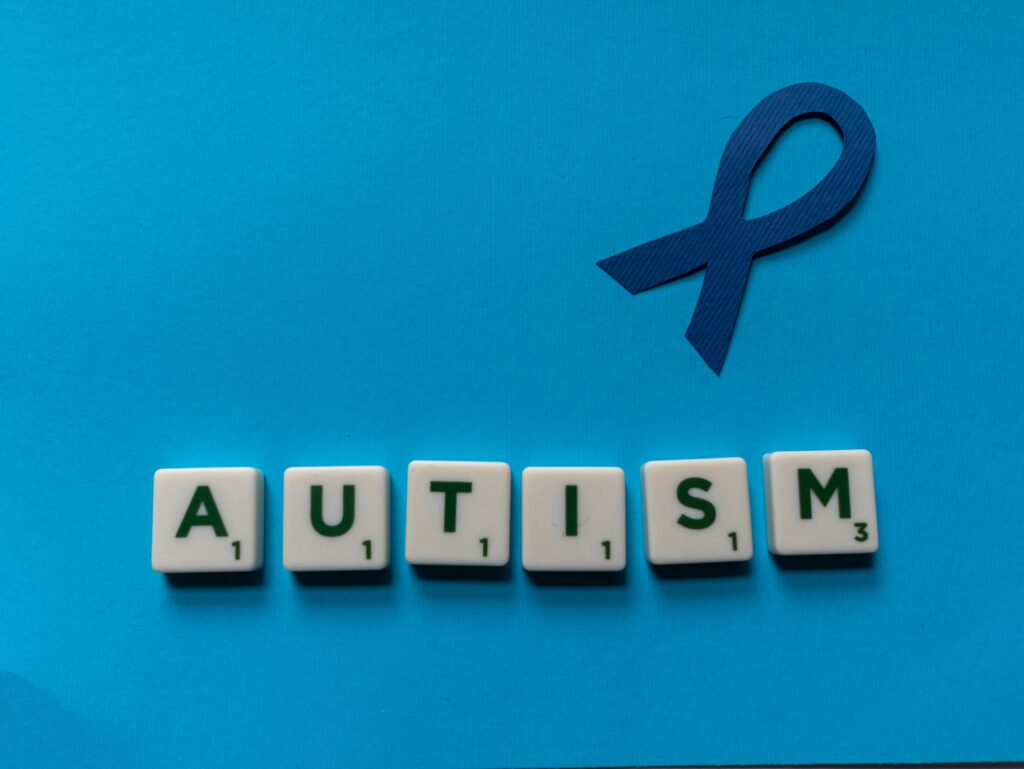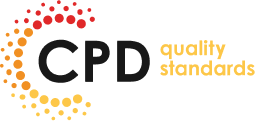Training and Awareness
Regular training on diversity, inclusion, and unconscious bias is critical. Staff must:
– Understand the Equality Act.
– Recognise bias in themselves and others.
– Learn respectful communication and cultural sensitivity.
Training should be mandatory and updated regularly.
Learning alone isn’t enough—organisations must evaluate how well training translates into behaviour. Leadership should model inclusive practice at every level.
Reporting Mechanisms
People need safe, accessible ways to report discrimination.
This includes:
– Clear policies.
– Anonymous reporting options.
– Prompt and fair investigation procedures.
Encouraging reporting helps uncover issues that need fixing.
Staff should be reassured that raising concerns won’t lead to punishment or retaliation. Trust in the reporting process is essential for it to work effectively.
Creating Inclusive Environments
Inclusion starts with respect.
Ways to create inclusive spaces:
– Use inclusive language.
– Make adjustments without making people feel “othered”.
– Celebrate diversity within staff and patients.
– Invite feedback and act on it.
Inclusivity isn’t just a box to tick—it’s a foundation for quality care.
Inclusion requires ongoing attention. It should be built into performance reviews, staff evaluations, and daily operations—not left as an afterthought.


![]() 10 minutes
10 minutes




































